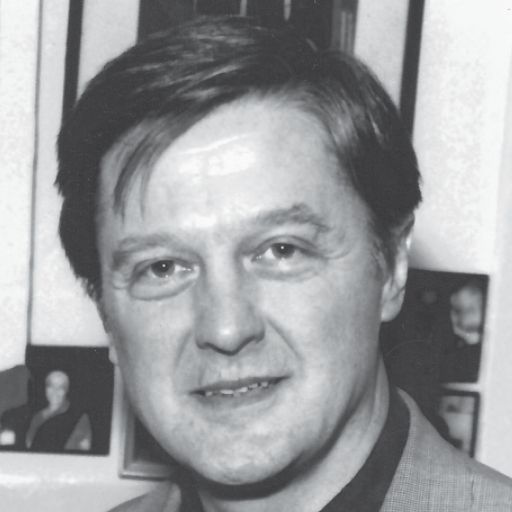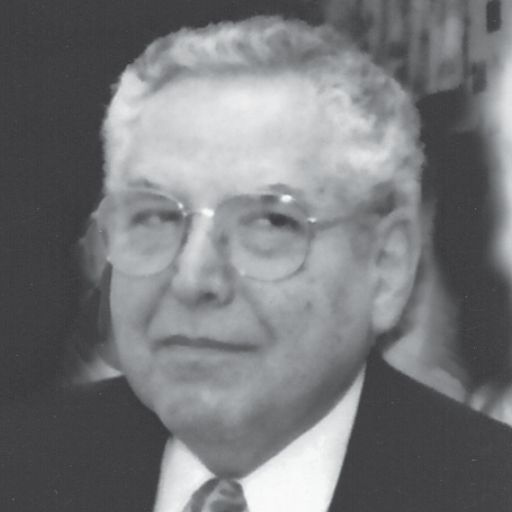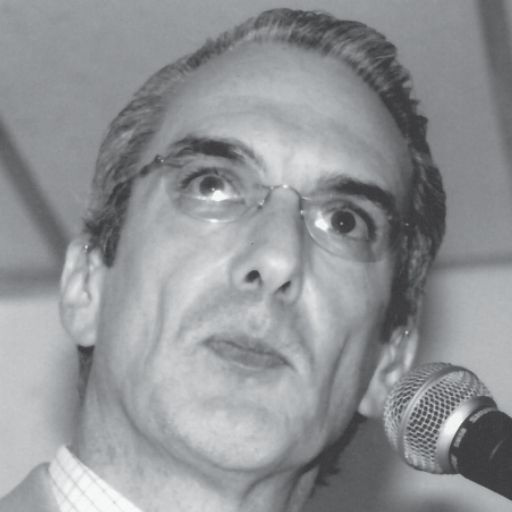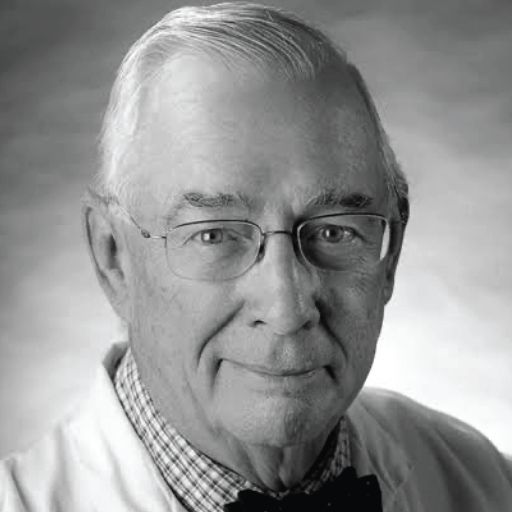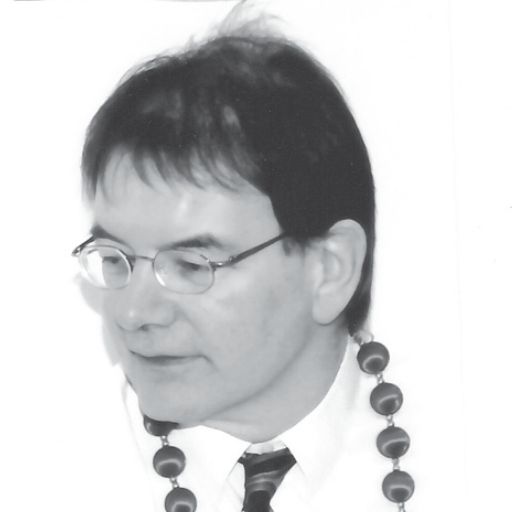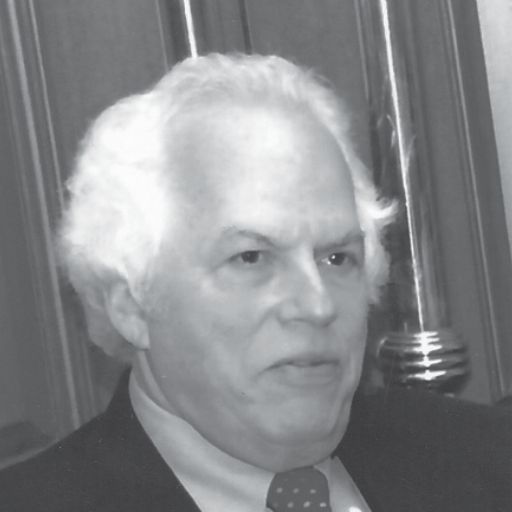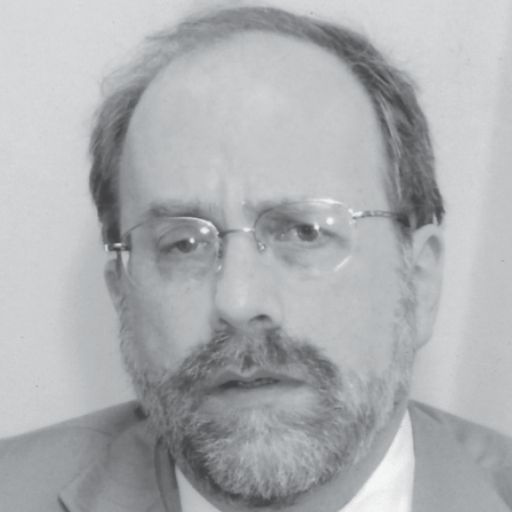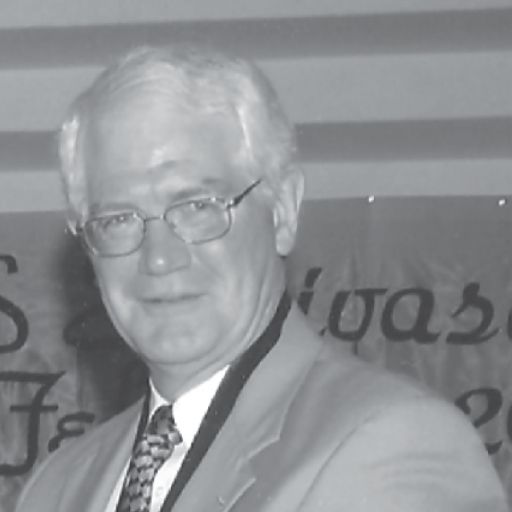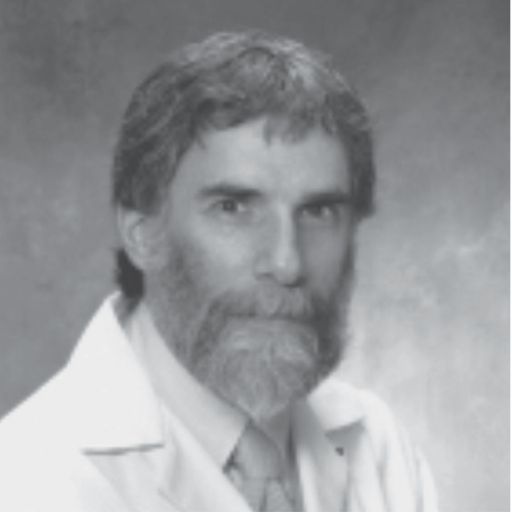2002

Year 22
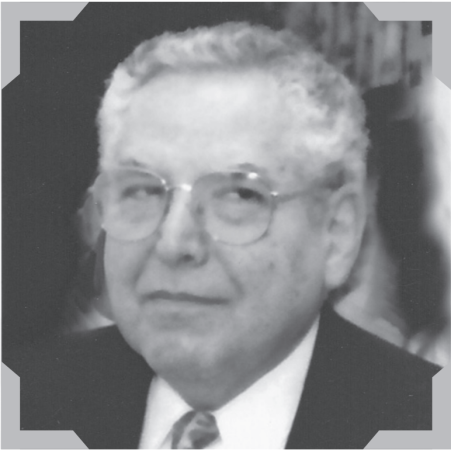
Prof. Stanley Fahn
Houston-Merritt Professor of Neurology
Columbia University, USA
THEME: IS THERE HOPE FOR THE PATIENT WITH PARKINSON’S DISEASE?
Better understanding of the physiology of the basal ganglia brought in newer surgical approaches in PD management.
The success of stereotactic pallidotomies to reduce the motor complications of PD was established by Latinen et al, in
1992. Another breakthrough was the development of the technique of deep brain stimulation (DBS) of the subthalamic
nucleus (STN), which proved successful in the reduction of bradykinesia and tremors. The best candidates for DBS of
the STN are the younger patient with excellent levodopa response. Newer neuroscientific approaches for
neuroprotective drugs to delay disease progression, have resulted in glial-derived neurotrophic factor (GDNF),
mitochondrial factor, coenzyme Q10, and the anti-excitotoxic drug Riluzole being considered and studied in man.
The genetics basis of the rare familial form of PD has been traced to two autosomal dominant and three autosomal recessive genes; as well as a range of mutations that may or may not have biological significance. There is mounting speculation that a common pathway may exist underlying various genetic and environmental risk factors for PD. Inheritance of certain genes may inevitably lead to the clinical and pathological features of PD, whereas other genes, may require the exposure to environmental agents, or multiple other gene mutations, before the disease can evolve.
The genetics basis of the rare familial form of PD has been traced to two autosomal dominant and three autosomal recessive genes; as well as a range of mutations that may or may not have biological significance. There is mounting speculation that a common pathway may exist underlying various genetic and environmental risk factors for PD. Inheritance of certain genes may inevitably lead to the clinical and pathological features of PD, whereas other genes, may require the exposure to environmental agents, or multiple other gene mutations, before the disease can evolve.

